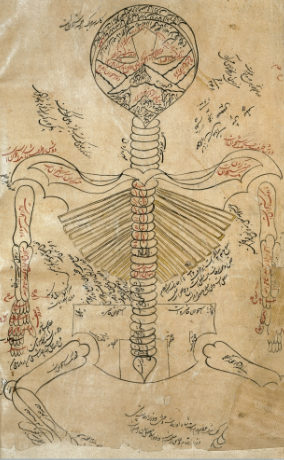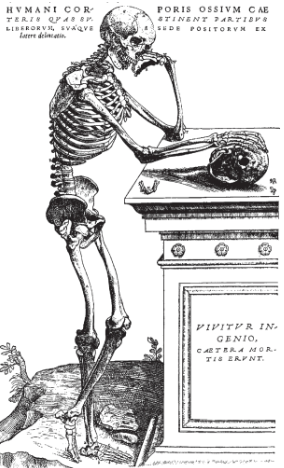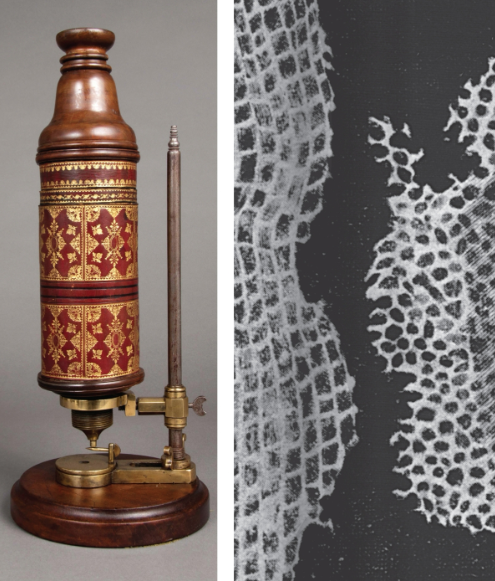Chapter 1, Lesson 2: The Origins of Biomedical Science
1/9
Earn XP
Description and Tags
Flashcards from Chapter 1, Lesson 2 of McGraw Hill Anatomy and Physiology, Ninth Edition, by Kenneth S. Saladin.
Name | Mastery | Learn | Test | Matching | Spaced |
|---|
No study sessions yet.
10 Terms
Hippocrates
Greek physician known for the Hippocratic Oath and termed the “Father of Medicine,” looked for natural instead of godly causes of disease
Aristotle
Believed diseases had had supernatural or physical causes, and that complex structures were built from simpler parts
Claudius Galen
Physician to Roman gladiators who did animal dissections because cadaver usage was banned; influential even in the Middle Ages
Maimonides
Jewish physician who wrote 10 influential medical texts; was physician to an Egyptian Sultan
Avicenna ibn Sina
Termed the “Galen of Islam,” he combined Galen and Aristotle’s findings and wrote the Canon of Medicine

Andreas Vesalius
Physician who wrote On the Structure of the Human Body in 1543, the first atlas of anatomy, after getting Church approval to dissect cadavers instead of just barber-surgeons

William Harvey
Father of physiology who wrote On the Motion of the Heart in 1628, realized blood circulated in and out of heart
Robert Hooke
Made improvements to the microscope with two lenses and observed what we call cells; published Micrographia in 1665

Antony van Leeuwenhoek
Invented a single-lens microscope with high magnification; observed microscopic objects like cells and lake water
Matthias Schleiden and Theodor Schwann
Examined wide variety of specimens and concluded that all organisms were made of cells (the first tenet of cell theory), where all functions of the body were effects of cells